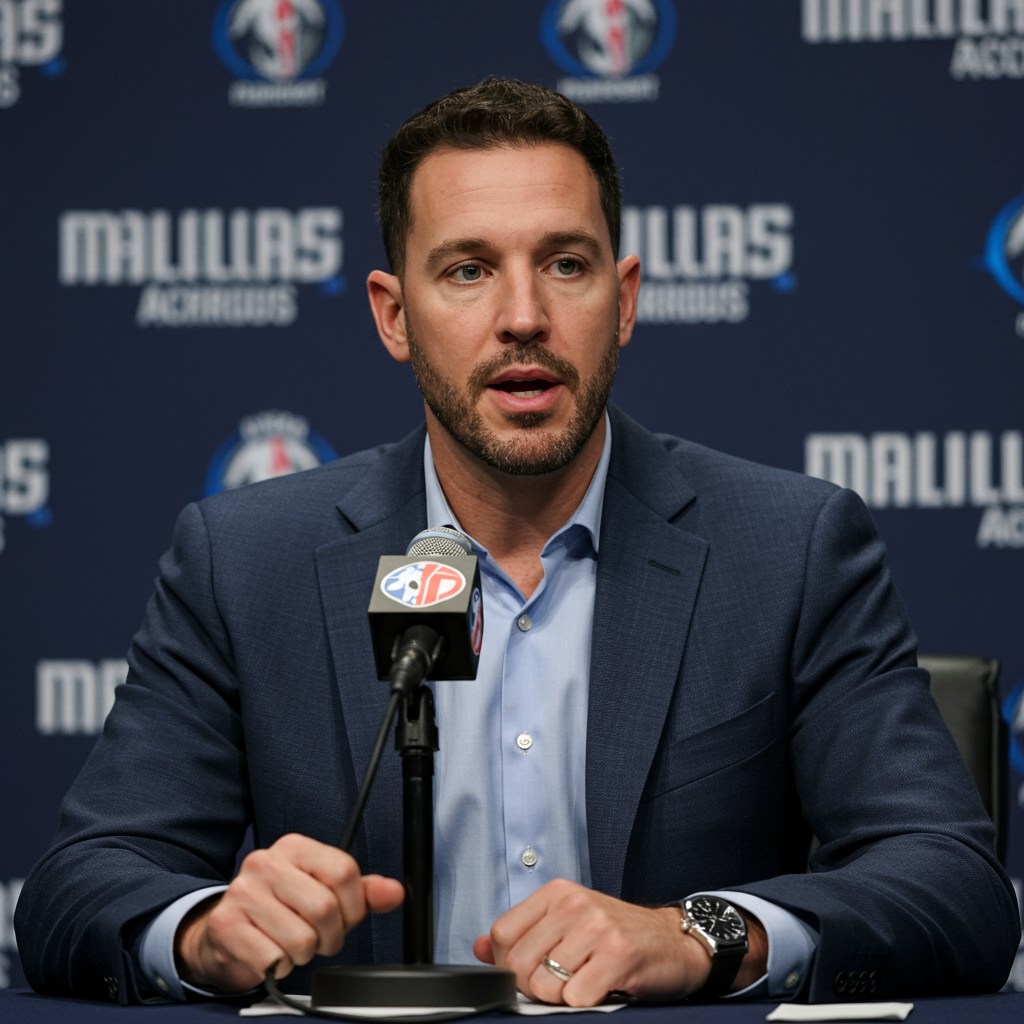The Return of the Two-Way Superstar: Shohei Ohtani Pitches Again
Los Angeles, CA – Nearly two years after his last appearance on the mound and following a second significant elbow surgery, Shohei Ohtani, the Los Angeles Dodgers’ unprecedented two-way phenomenon, made his highly anticipated return to pitching on Monday, June 16, 2025, against the San Diego Padres at Dodger Stadium. In a moment met with palpable anticipation from a sold-out crowd, Ohtani delivered a brief but memorable performance, marked most notably by hitting the triple-digit velocity mark with his fastball.
The decision to have Ohtani return to live MLB action rather than a traditional minor league rehab assignment was widely described as unprecedented, reflecting the unique circumstances surrounding the $700 million star. Sources indicated that the timeline was accelerated based on Ohtani’s own assessment that he felt “game-ready” and that simulated games were no longer providing sufficient challenge for his progression.
Velocity Surprise: Ohtani Touches 100 MPH
Entering the start, which was framed as an extension of his pitching rehabilitation, the expectation was that Ohtani would sit comfortably in the mid-90s with his fastball, mirroring his velocity in the later stages of his buildup. However, the adrenaline of pitching in front of over 50,000 fans in his Dodgers pitching debut seemingly took over.
On his 10th pitch of the night, Ohtani clocked in at an eye-popping 100.2 mph. His 17th pitch also registered elite velocity at 99.9 mph. While sparking immediate excitement among fans and media, this unexpected velocity surge also introduced a note of caution for a Dodgers organization committed to carefully managing his return.
“I was just kind of hoping for a more tempered 97, 96 than 100,” confessed Dodgers manager Dave Roberts after the game, adding with a smile, “But when you’re a competitor, you’re just trying to get guys out. And if you have 100 in the tank, you’re going to use it. And that’s what he does.”
A Brief but Eventful Inning
Ohtani’s pitching outing was limited to a single inning, as planned. Throwing 28 pitches, he navigated the top of the Padres lineup. He allowed consecutive soft-hit singles to Fernando Tatis Jr. and Luis Arraez, setting up a challenging situation with runners on the corners. Manny Machado followed with a sacrifice fly, which scored the game’s first run, though it involved a controversial check-swing call. Ohtani then successfully induced groundouts from Gavin Sheets and Xander Bogaerts to end the threat and complete his inning.
While the final line (1 IP, 2 H, 1 R, 0 K) wasn’t statistically dominant, the presence of elite velocity and flashes of his familiar command were viewed as encouraging signs for his return, confirming that his “stuff” remains potent.
Seamless Transition to the Batter’s Box
True to his unique status, immediately after finishing his pitching duties, Ohtani made the quick transition to designated hitter, batting leadoff in the bottom of the first inning. This made him the first National League player since 1953 to start on the mound and lead off at the plate in the same game, highlighting the extraordinary demands of his role.
While he struck out in his first plate appearance against Padres ace Dylan Cease, Ohtani quickly made his mark offensively. He contributed significantly later in the game, first with an opposite-field double in the third inning that tied the score at 1-1, and then with a base hit in the fourth that capped a decisive five-run inning. He finished the night 2-for-4 with two runs batted in, demonstrating his continued elite performance at the plate, where he entered the game ranking third in MLB in home runs.
Teammates expressed awe at the spectacle. Dodgers third baseman Max Muncy remarked, “He never stops surprising me.” Manager Dave Roberts admitted to “fanboying” while watching Ohtani seamlessly shift between pitching and hitting.
Navigating the Path Back
Ohtani’s journey back to the mound began after undergoing his second ulnar collateral ligament surgery in September 2023. His rehabilitation involved throwing progressions throughout 2024 and into the following winter. A torn labrum in his non-throwing shoulder sustained during the 2024 World Series further complicated his timeline, effectively turning spring training into his throwing offseason.
The decision to bypass a minor league rehab assignment and begin his pitching build-up directly in competitive major league games is a reflection of both Ohtani’s unique designation as a daily hitter and the trust the Dodgers have placed in him. His classification as a two-way player allows the Dodgers strategic flexibility, essentially providing “free innings” without counting against the typical 13-pitcher roster limit while he gradually increases his workload. As GM Brandon Gomes explained, the team signed him to be a two-way player, and he is committed to doing so long-term.
Looking Ahead
The plan for Ohtani is to pitch approximately once a week, gradually increasing his pitch count and innings pitched in subsequent starts until he is built up to a more traditional starter’s workload. He is expected to continue hitting every day.
Following his debut, Ohtani acknowledged he wasn’t entirely satisfied with the results but expressed confidence in how his body felt for the next outing. He noted that his body’s reaction after throwing at such high velocity would be a key factor in determining the exact timing of his next start.
While the one-inning debut showed a bit of rust and inconsistency in command, the crucial takeaway was the undeniable return of elite velocity and the potential for Ohtani to once again impact games from both the mound and the batter’s box. This first step marked the official return of two-way Shohei Ohtani, promising must-watch entertainment as he builds back to full strength.


